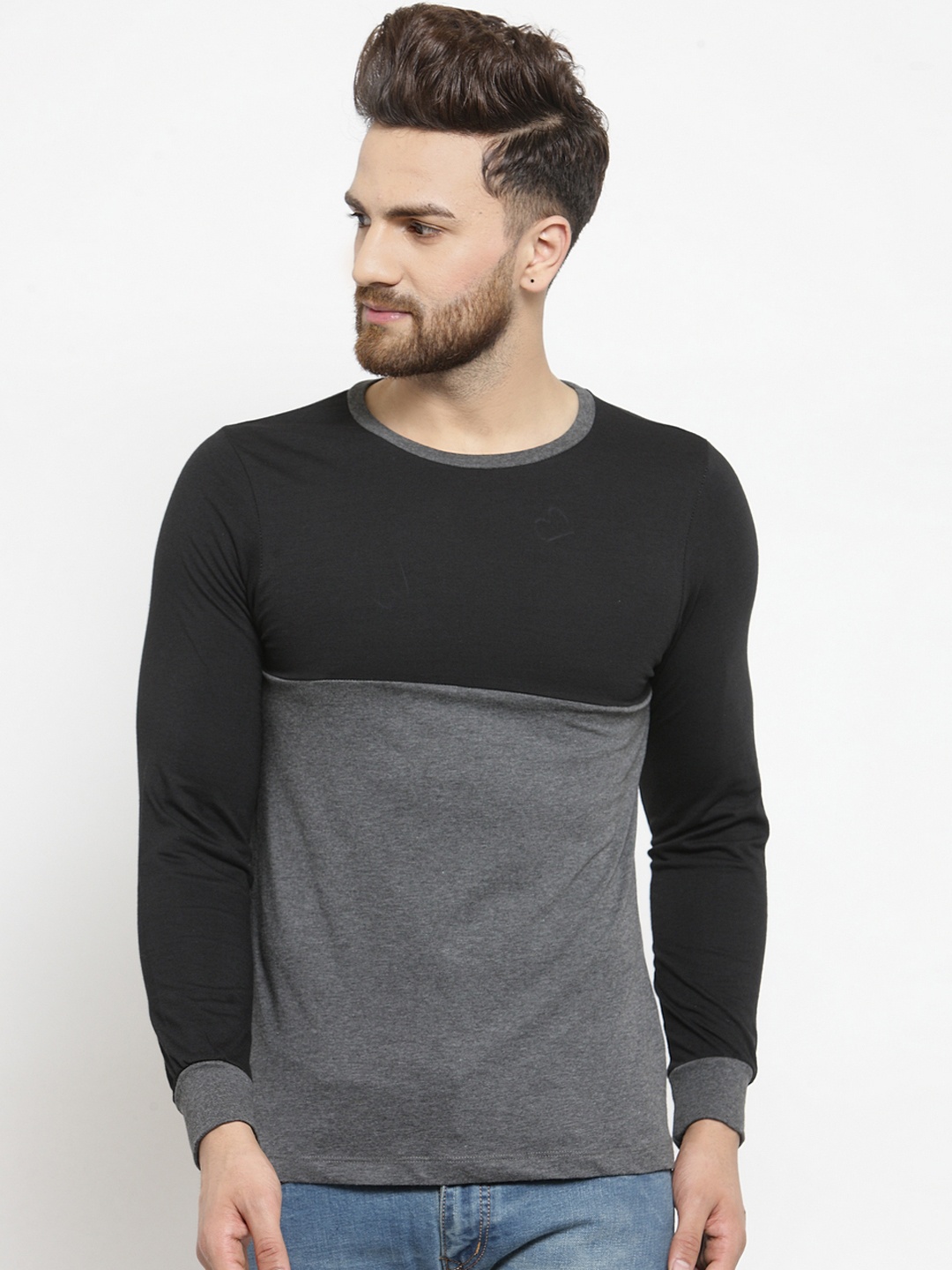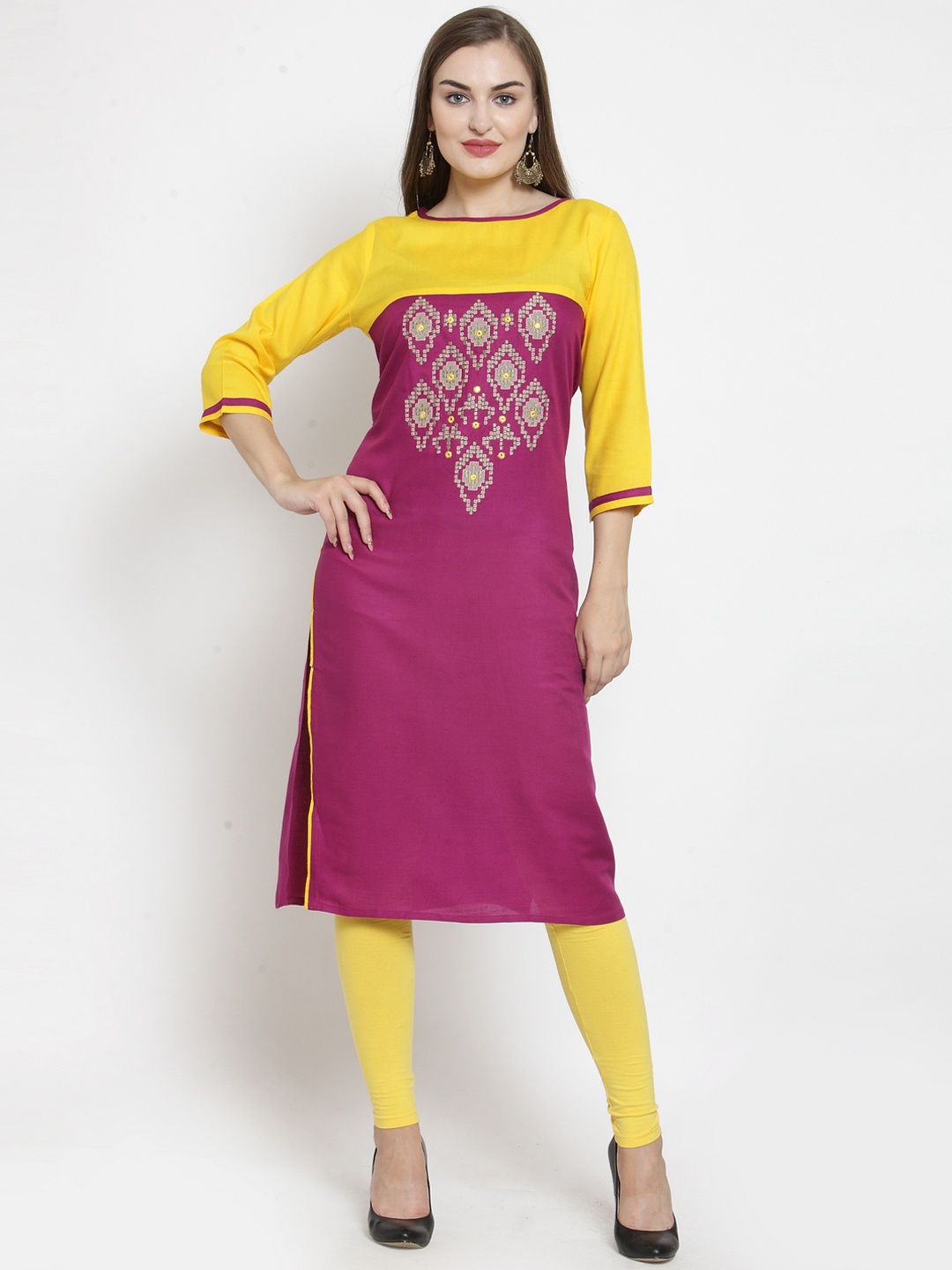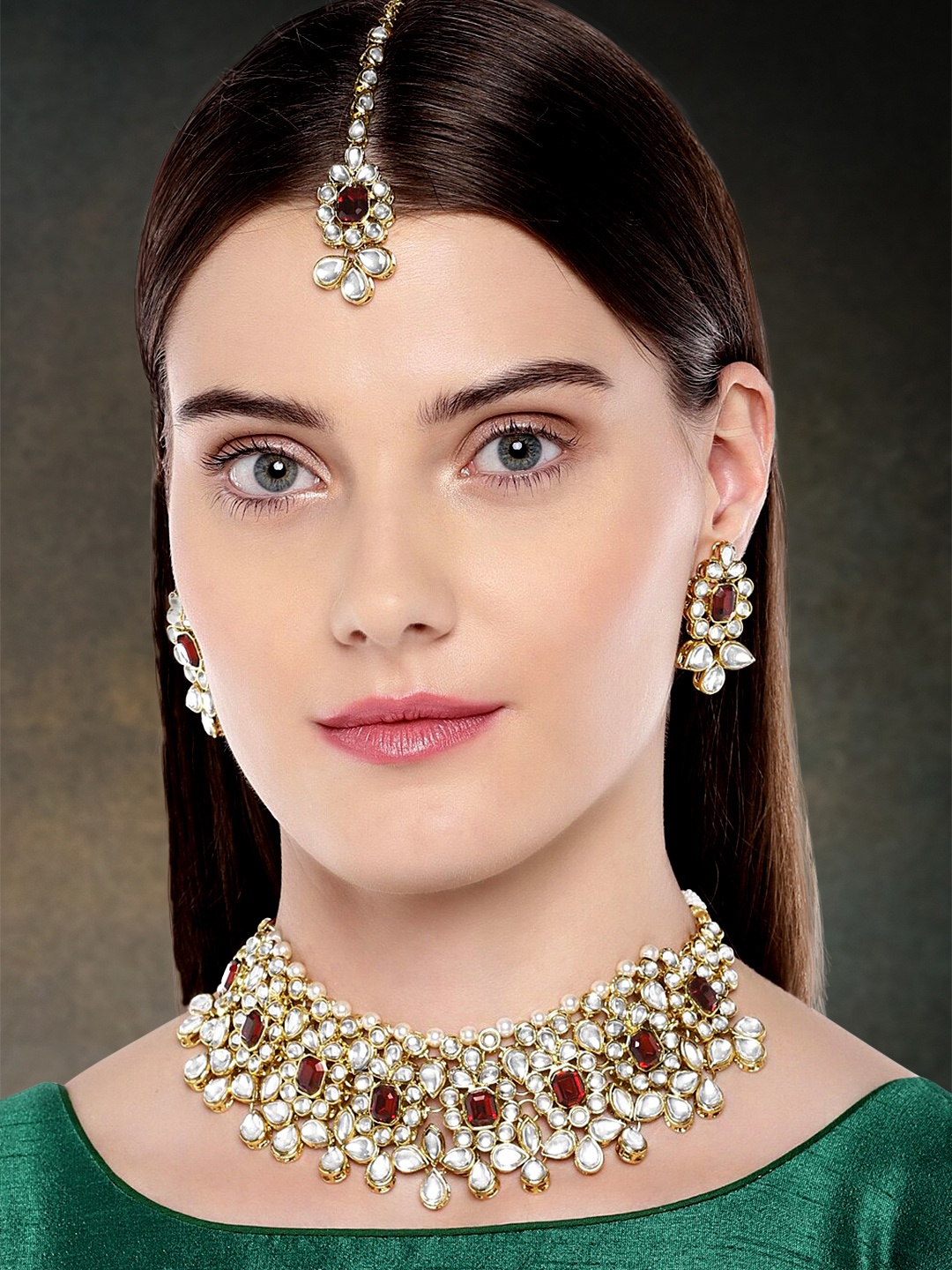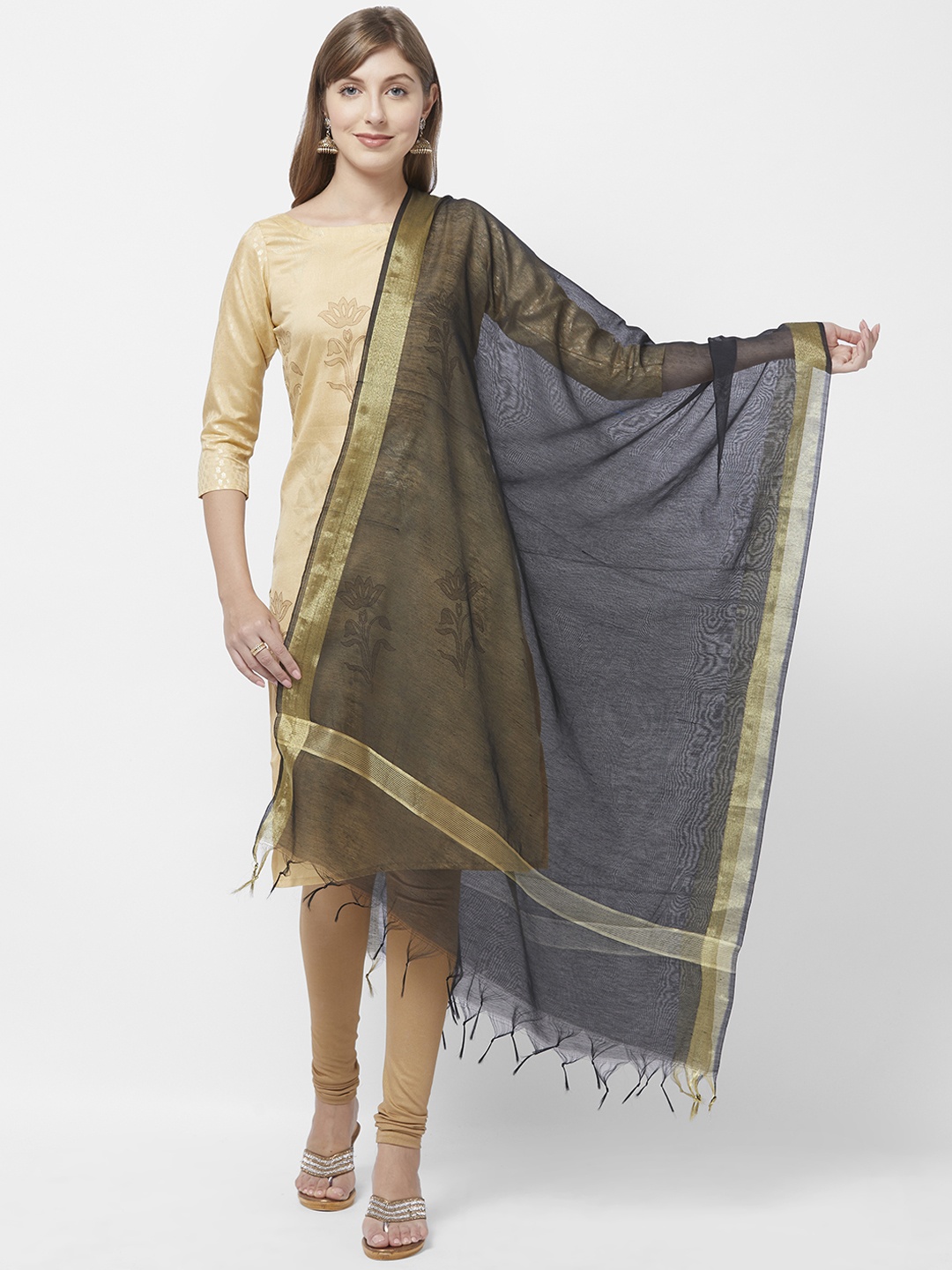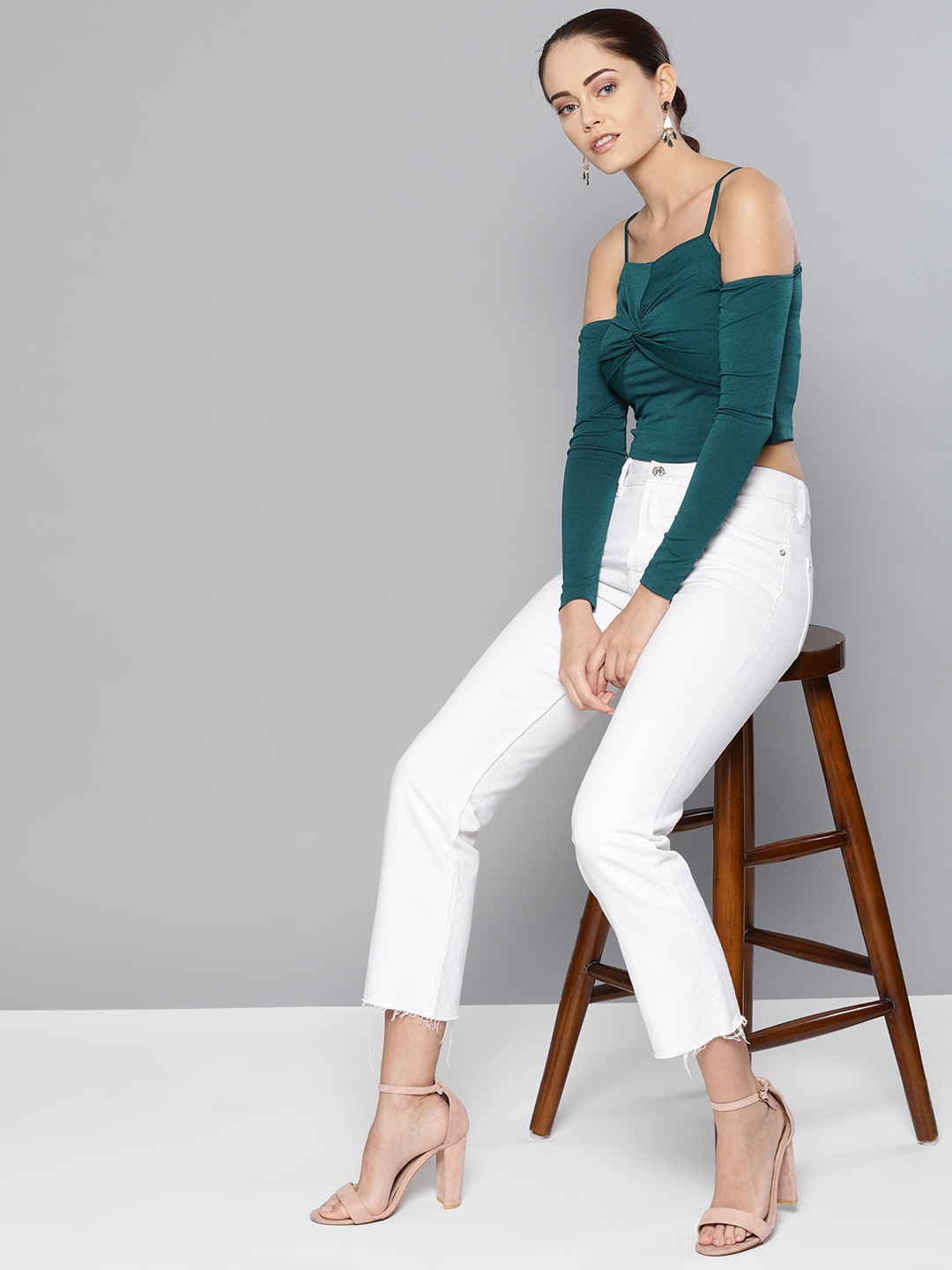From Blouse to Bralette: The Rise of Functional Occasionwear
Once reserved for elaborate weddings and grand festivals, occasionwear is undergoing a quiet revolution. From embroidered blouses to stylish bralettes, the shift is more than fashion, it's a cultural evolution.

The Evolution of Style: Blouse to Bralette, Driving Functional Occasionwear's Rise
Weddings. Festivals. Family functions. Across generations, they've meant one thing for sure, dressing up to the nines. The clink of bangles, the rustle of silk, and the unmistakable sound of a tight blouse being tugged into submission behind a curtain. For decades, traditional occasionwear has walked a fine line between beauty and discomfort, with style often winning over function. But there's a shift happening, a quiet rebellion stitched into every soft-strap bralette and elasticated waistband.
Today's consumers want more than just ‘looking good' in a photo. They want to feel good while dancing, eating, and actually enjoying the event. The rise of functional occasionwear is not just a fashion moment, it's a movement powered by changing values, evolving roles, and a fresh take on tradition.

Occasionwear's New Era: Blouse to Bralette, Prioritizing Both Style and Function; Photo Credit: Pinterest
1. Function Meets Festivity: The End of the Beauty-Pain Trade-Off
It used to be an unspoken rule, if you wanted to look glamorous, you had to be willing to suffer a little. Or a lot. Hours spent in heavily embroidered blouses, stiff dupattas, and painfully tight saree shapewear were almost a rite of passage. But in recent years, fashion designers and wearers alike have challenged this logic.
The new age of occasionwear doesn't just look stunning; it feels liberating. Bralettes with built-in support, lightweight lehengas with breathable linings, and sarees pre-stitched for ease are changing the game. No more adjusting hooks mid-ceremony or secretly unzipping at the back of a function hall. With the fusion of style and comfort, people can now take part in the celebration, not just dress for it.
Comfort has earned its place as a design priority, not a compromise. This shift is reshaping how outfits are created, bought, and worn. And once you've danced freely in a blouse that lets you breathe, there's no going back.
2. The Bralette Revolution: Where Innerwear Becomes Outerwear
Gone are the days when innerwear was meant to stay hidden beneath layers of fabric. The bralette, once the quiet cousin of the bra, is now strutting into the spotlight, stitched in raw silk, embroidered with gota patti, or hand-embellished with mirrors. It's not just underwear anymore; it's the star of the outfit.
Pair a bralette with a saree or a flared skirt, and suddenly you've got a look that's both modern and rooted in tradition. For many, this transition is also about ownership, over their bodies, their choices, and how they wish to present themselves. The comfort of a bralette offers ease of movement without constant readjustments, and yet, it doesn't shy away from style.
Whether it's bridesmaids twirling at a mehendi or someone attending a cocktail sangeet, the bralette fits the mood: playful yet poised. It represents a new kind of femininity, confident, carefree, and completely in control.
3. Body Positivity and Real Sizing: Occasionwear that Celebrates All Shapes
A common complaint that echoes in trial rooms across the country is, “Why doesn't this fit me?” For too long, traditional occasionwear was designed with just one or two body types in mind. Blouses with rigid cup sizes, skirts that assume flat stomachs, and fits that ignore curves, the result? Frustration and last-minute adjustments.
Thankfully, the tide is turning. Brands are increasingly recognising that beauty comes in every shape and size. Custom fits, inclusive sizing charts, and adjustable silhouettes are becoming the norm. Styles that flatter fuller busts, thicker arms, or broader hips are now more than just afterthoughts, they're central to design conversations.
It's more than stitching, it's about shifting mindsets. Occasionwear today celebrates individuality rather than trying to mould everyone into a narrow standard. With this move towards inclusivity, fashion is no longer about hiding ‘flaws', it's about highlighting confidence, comfort, and joy.
Also Read: Master The Art Of Draping: Timeless Saree Styles That Fits With Every Mood
4. Saree 2.0: Drapes That Don't Demand a PhD
The saree has always been a symbol of elegance. But let's be honest, getting it right requires practice, patience, and a few safety pins in strategic places. For younger generations or anyone short on time (or coordination), the traditional drape can feel more intimidating than inviting.
Enter the reinvention of the saree. Pre-stitched versions, pant-style sarees, and saree-gowns, styles maintain the classic grace but ditch the complexity. Designers are blending old charm with new practicality, using fabrics that fall well, don't crease easily, and move with the body.
The result? Sarees that are just as wedding-appropriate but take under ten minutes to wear. No more borrowing aunties to pleat your pallu or worrying about tripping mid-entry. This modern twist is keeping the saree alive and thriving in wardrobes that crave versatility.

Seamless Style: From Blouse to Bralette, Witnessing the Rise of Functional Occasionwear; Photo Credit: Pinterest
5. Brides Ditching Heaviness: Redefining the Bridal Trousseau
Ask a bride from a decade ago about her wedding lehenga, and she'll probably recall how it needed two people just to carry the weight. Those ornate ensembles, though stunning, often left brides more exhausted than excited. The symbolism of ‘heaviness' tied to bridalwear, both emotional and physical, is slowly being questioned.
Today, brides are opting for lighter fabrics, softer fits, and layered outfits that can be worn again. It's not just about practicality, it's about prioritising the experience. Brides want to dance freely at their own sangeet, eat without needing a support team, and celebrate without being burdened by layers of embroidery.
Modern trousseaus are designed with repeat use in mind. A crop top from a wedding outfit may be reused with jeans, and a dupatta may work with a kurta later on. This sustainable approach is economical too, after all, spending ₹2 lakhs on something you'll wear once doesn't feel quite right anymore.
6. Fusion Finds: Blending Traditional Craft with Modern Cuts
One of the most exciting aspects of functional occasionwear is how it blends heritage with innovation. Traditional weaves like Banarasi, Chanderi, and Kanjeevaram are being reborn through silhouettes that aren't afraid to experiment. Think Banarasi bomber jackets, Chikankari crop tops, or Kalamkari wrap skirts.
These fusion pieces aren't just trendy, they carry stories. Every stitch holds cultural memory, yet the final look feels fresh and wearable. The merging of old and new is more than aesthetic; it's symbolic of how people today want to live, rooted yet unrestrained.
This fusion isn't about dilution but elevation. By giving traditional art forms a new canvas, they're being kept alive, not just for heritage's sake, but because they genuinely belong in today's wardrobes.
7. Gender-Neutral Glam: Breaking the Rules of Occasionwear
Occasionwear has always had unwritten rules, lehengas for women, sherwanis for men. But not anymore. The rise of gender-neutral fashion is blurring those lines beautifully. Long kurtas, draped dhotis, and layered jackets, are no longer confined to gender binaries.
Many are now choosing what feels good, not what's expected. And designers are listening. Occasionwear now includes silhouettes that are fluid, fabrics that drape instead of cling, and pieces that don't box wearers into categories.
The impact is quietly powerful. Whether it's a groom wearing a pastel kurta with sequins or a guest styling a sherwani-inspired coat over a saree, this is fashion embracing freedom. When people dress without labels, they celebrate authenticity, and that's as occasion-worthy as it gets.
8. Fabric Forward: The Shift to Breathable and Sustainable Textiles
There was a time when occasionwear meant sweating through polyester or silk that refused to breathe. But the focus is shifting, quite literally, to fabrics that work with the body, not against it. Natural materials like organic cotton, bamboo silk, and linen blends are becoming go-to choices for festive fashion.
These fabrics offer more than comfort. They're sustainable, eco-friendly, and kinder to the skin, especially in warm-weather celebrations where heavy synthetic layers can be punishing. Labels are experimenting with plant-dyed textiles, handwoven creations, and chemical-free prints that marry sustainability with style.
Choosing such textiles doesn't just make environmental sense, it makes cultural sense too. Many of these methods are rooted in long-standing artisanal traditions. It's not just fabric; it's a return to slow fashion, to craftsmanship that respects both the wearer and the maker.
9. Accessories with Purpose: Beauty That Doesn't Get in the Way
Accessories are no longer just decorative, they're smart, sleek, and thoughtfully designed. Take earrings, for instance. Lightweight jhumkas that don't weigh down ears. Or maang tikkas attached with combs that don't slip mid-dance. Even potli bags now come with phone pockets and card slots.
Footwear too has seen an evolution. Gone are the days of towering heels that leave you limping by dinner. Now it's all about block heels, stylish juttis, or kolhapuris with cushioned soles, pieces that support the foot while still looking celebration-ready.
It's about being intentional. Occasionwear accessories are finally catching up to the idea that function doesn't have to sacrifice flair. And in doing so, they allow wearers to move, groove, and glow, without fuss or fumble.
10. The Emotional Shift: Dressing for Joy, Not Just for Photos
There's a noticeable emotional shift in how people approach dressing for celebrations. It's no longer just about that picture-perfect Instagram moment. It's about feeling good in your own skin, about dancing till midnight without adjusting your pallu every five minutes or smiling in every photo because you're genuinely comfortable.
The pressure to perform, to wear what's ‘expected', is giving way to authenticity. People are investing in pieces that reflect them, not just the event. Outfits are now extensions of personality, not costumes for a role. There's joy in repeating a favourite kurta, in lending a dupatta to a cousin, in choosing a bralette over a blouse because it just feels right.
Occasionwear today is not just about what you wear, it's about how you experience the moment. And that shift, from performative to personal, is what truly makes fashion functional.

Statement Occasion Wear To Shine At Every Celebration; Photo Credit: Pinterest
Products Related To This Article
1. Untamed Clothing Embroidered Readymade Blouse
2. Tokyo Talkies Embellished Bralette Crop Top
3. HERE&NOW Embroidered Round Neck Readymade Saree Blouse
4. Veni Vidi Vici Brown Bralette Crop Top
5. Taavi Hand Block Printed Cotton Non Padded Saree Blouse
The rise of functional occasionwear isn't just a fashion trend, it's a reflection of deeper cultural shifts. Today's wardrobes are telling new stories. Stories of confidence, of comfort, of joy without restriction. Whether it's a silk bralette under a sheer saree or a pair of breathable palazzos replacing a stiff petticoat, every piece signals a return to the self.
This evolution isn't about leaving tradition behind, it's about wearing it differently. Celebrating with freedom, moving without constraint, and choosing pieces that feel as good as they look. Because at the end of the day, an outfit should never hold you back from dancing, hugging, eating, or simply being, especially when the occasion is all about joy. Shop now on Myntra.
Disclaimer: The images used in this article are for illustration purpose only. They may not be an exact representation of the products, categories and brands listed in this article








